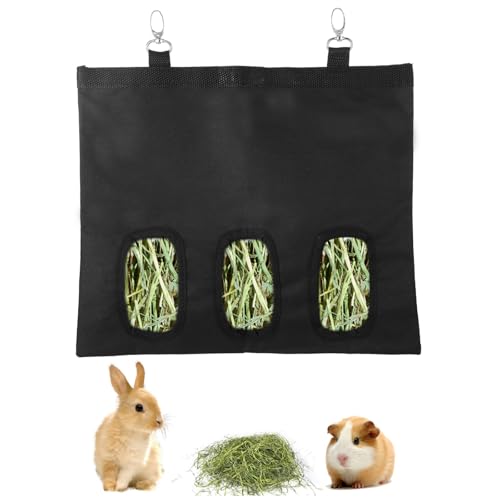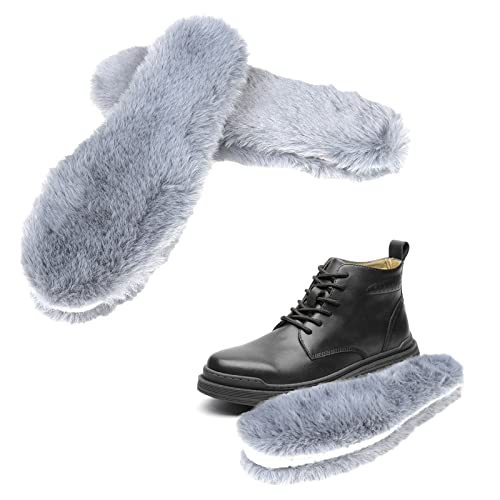What a good question. Let's see if we can make it a little easier to answer your question. First--about the genetic alphabet soup: It's easiest to look at each letter, and figure out what that letter does. That way, when you put them all together at the end, it will make more sense. It's like building a recipe for a cake. The letters are ingredients that tell you what 'flavor' you are adding.
A: This stands for AGOUTI. Agouti is wild rabbit color. Imagine a hair shaft. On the bottom is one color, called the 'undercolor'. On a chestnut/castor agouti, this would be steel blue. The middle part of the hair shaft will be some shade of yellow, usually called fawn or orange depending on your breed. The outer color is your main color, it would be chestnut on a castor, and there's often a colored very end of the tip of the hairshaft. In the case of castor, the tip is black. The rabbit will also have eye rings, white inside the ears, white under the chin and a light belly. This is the dominant position on the agouti gene. It is coded with a capital letter 'A' to show it is a dominant gene, you only need one for this trait to be expressed. Each possible choice on a gene is called an 'allele'. So, if your rabbit is an agouti, it has either one or two agouti A alleles. Since we don't know which, it's coded
A-, the dash means we don't know what the other allele is, but it doesn't matter as far as the pattern that we can see goes.
What happens if a rabbit has all the agouti markings, the eye rings, triangle behind the ears, nostril outline, light belly--but the hair shaft is all one color? It might be darker at the tip of the hair, and then get lighter, but it's all shades of one color. That would be the tan allele,
a(t). The small 'a' means the trait is recessive, you need two of the same allele for the trait to show. The 't' in parenthesis, or as a subscript or superscript letter, means this option is one of several recessive options, and the 't' stands for 'tan'. It's called tan, because the agouti markings are in a tan shade. We call these rabbits
otters. If the markings are white instead of tan, it's called a
marten. This option is half-way between dominant agouti, and the other option on this gene, called descriptively 'non-agouti'
a, or 'self' colored. These rabbits also need two copies of the recessive
aa to show their pattern. They will not have any agouti markings, or have any agouti banding on the hairshaft, So, if you see any genetic code with
a(t), you know it will be an otter or marten, if it has an 'A', it's an agouti of some sort.
aa will be some sort of a self-colored rabbit.
B is for BLACK. This is an easy one. If the color is based on black/gray, it will have a dominant
B-, only needs one of these alleles to be black based. The recessive option is coded with a small 'b', you'll need two of these
bb to show the recessive trait, which is a brown called 'chocolate'. So, if you see
B- in the code, the rabbit will be black/gray based, if you see
bb the rabbit is chocolate based.
C is for COLOR. There are five options here, the first option the most dominant of all, the rest go down in dominance like rungs on a ladder until you get to the bottom option that is recessive to everything. Here they are:
- FULL COLOR C: This is just normal color, where everything is colored exactly like the other genes say. Things like the agouti, tan, and self colors like black, your tricolor, etc.
- CHINCHILLA c(chd). The 'chd' stands for chinchilla dark. The chinchilla has normal dark coloration, but the yellow fawn color production doesn't work, they just look pearl white. So a castor with a chinchilla allele would be missing any color that arose from the fawn pigment, and look gray, pearl white, and slate gray on the hairshaft. On tans, the tan color becomes pearl white, a tan with chinchilla would be a marten. Oddly enough, the chinchilla allele only works on agouti, a self colored chinchilla looks just like it's full color version, with the exception of a chinchilla tortoiseshell. Since chins can't make yellow tones, a chin tortoiseshell is a pearl.
- SABLE c(chl), the 'chl' stands for chinchilla light. Not only does this rabbit not make the yellow/fawn/orange/red tones, but even the dark coloration is lightened. A black becomes sepia brown colored with the lessened pigment. If you see sable on a pedigree, you know there will be no yellow tones in the coat, and the black shades will be sepia instead, and the color will shade lighter down the rabbit. It's sometimes called the 'shaded' gene.
- HIMALAYAN c(h), the 'h' stands for Himalayan, this is the CALIFORNIAN or POINTED WHITE allele. Here, a funny temperature-sensitive recessive trait only allows the dark coloration on the extremities, like the face, ears, and legs.
- ALBINO c, the RED-EYED WHITE (or ruby-eyed white REW). Here, it doesn't matter what the other genes say, the pigment factories are shut down, and the rabbit wears a 'white sheet', white fur and pink/red eyes.
D is for DILUTE/DENSE. The normal dominant is D for dense color, that just means that whatever color the rabbit is supposed to be, it produces that color in the normal full amount. The recessive 'dd' is for DILUTE. That means that the pigment factories try getting cheap with the pigment, and cut the pigment amount. Black becomes gray, which we call 'blue'. Chocolate becomes a pale dove beige, which we call 'lilac'. And the yellow fawn colors are also reduced. Each breed has a different naming scheme here, in angoras fawn is the normal shade, and the reduced dilute color is called cream. In other breeds, the normal color is called orange, and the dilute is called fawn. Just look up in your ARBA Standard of Perfection to see the right terminology for your breed.
The last main ABCDE is E for EXTENSION. Not a great name, but it just means that the colors are properly extended down the hairshaft according to the other genes. There are also five choices here, again, in descending order of dominance:
- DOMINANT AGOUTI BLACK E(D) is one you'll probably not encounter, it's not found in very many breeds. Here, the regular agouti colors all get turned to look like a self-colored rabbit, so a castor agouti would look like a self black. It is dominant.
- STEEL E(S) takes the undercolor on an agouti, and pushes it way, way up the hairshaft, leaving only the tips of the hair to be colored with the remains of the fawn middle agouti band. These guys are called gold-tipped steels for that reason, none of the other agouti markings are seen. If you add chinchilla to this, chin can't make gold pigment, so the color ends up being pearl white, and it's a silver-tipped steel.
- NORMAL EXTENSION 'E' is just normal rabbit color, this is the wild rabbit dominant allele. Here are found all the normal agouti, self, tan rabbits.
- HARLEQUIN e(j), 'j' is for Japanese, the original name for this color pattern many years ago. Here, a funny thing happens. Instead of putting different colors on one hairshaft, it puts the colors in patches on the rabbits. Your tricolor is a harlequin that also has the dominant spotting gene (which is coded En for the English Spot rabbit that has this gene.) If you have a harlequin that also has chinchilla, the rabbit can't make any of the fawn patches, they are replaced with pearl white, and the rabbit is called a magpie.
- FAWN or NON-EXTENSION ee recessive. Here, the agouti pattern is changed, and does not extend properly down the hairshaft. Instead, the middle fawn band goes clear out to the end of the hairshaft, no tipping, no dark color, no dark tipping. So, the rabbit looks yellow. If you add extra reddening, called rufus modifiers, your yellow rabbit can be darker orange or even red, like a New Zealand Red. In a non-agouti rabbit, the body color is still yellow, but the extremities (ears, face, legs, tail) show their normal color. These would be the tortoiseshell colors.



















![FHQHTH Faux Rabbit Fur Purse Fuzzy Handbags for Women Evening Handbags Al alloy Shoulder Strap [Rabbit Red]](https://m.media-amazon.com/images/I/41l5Hd2qrhL._SL500_.jpg)












